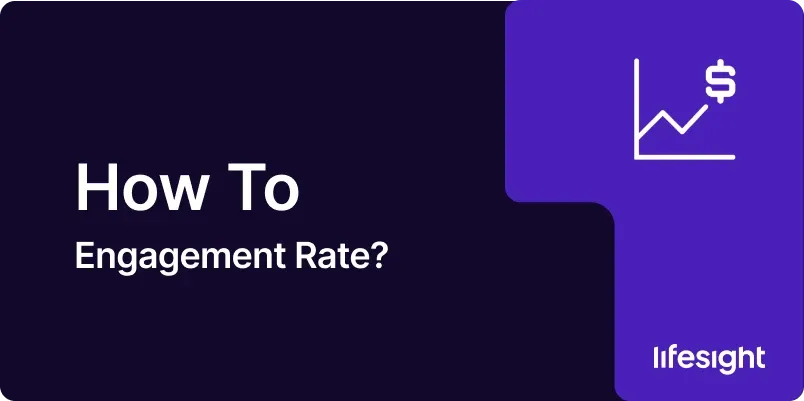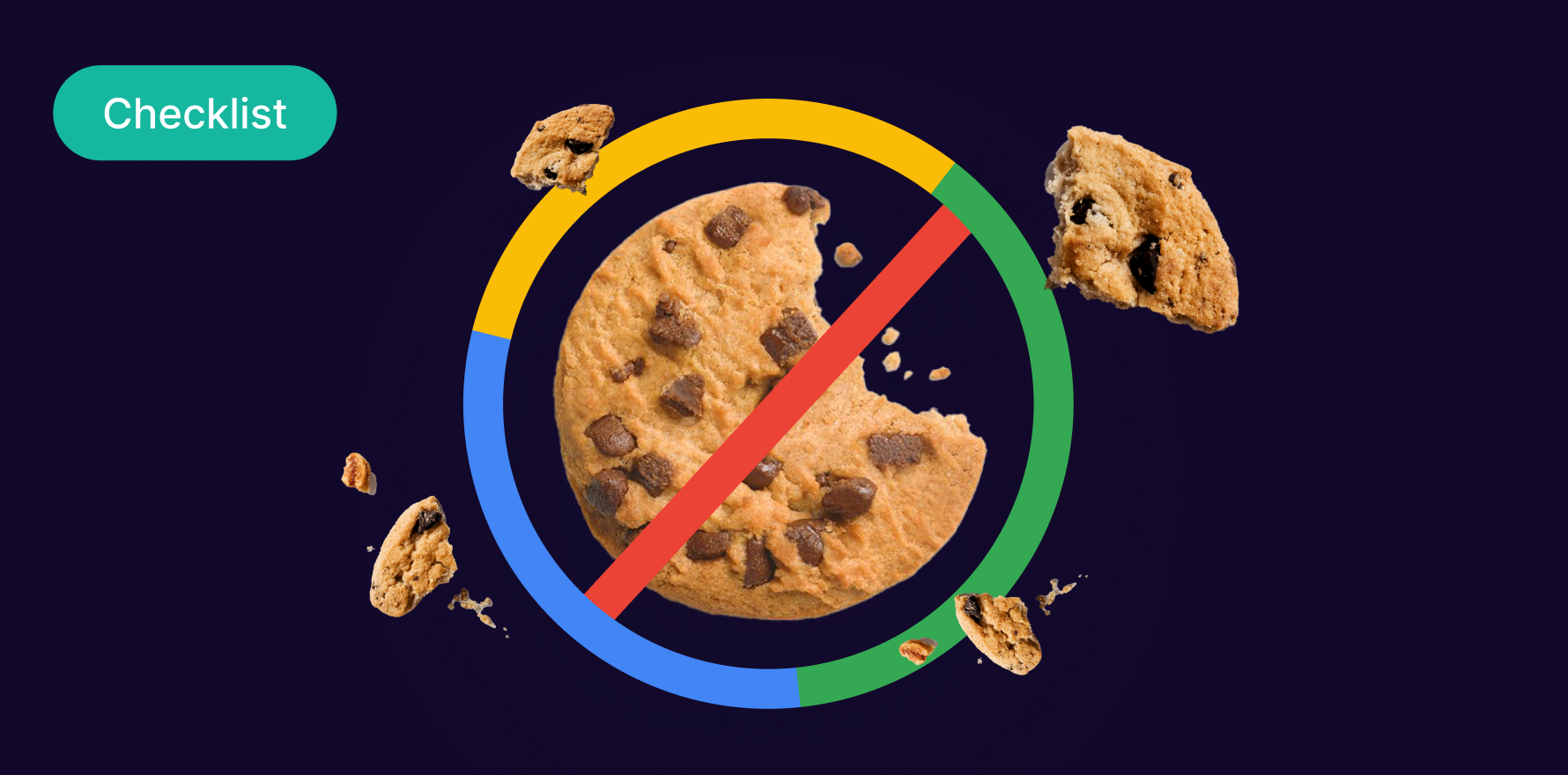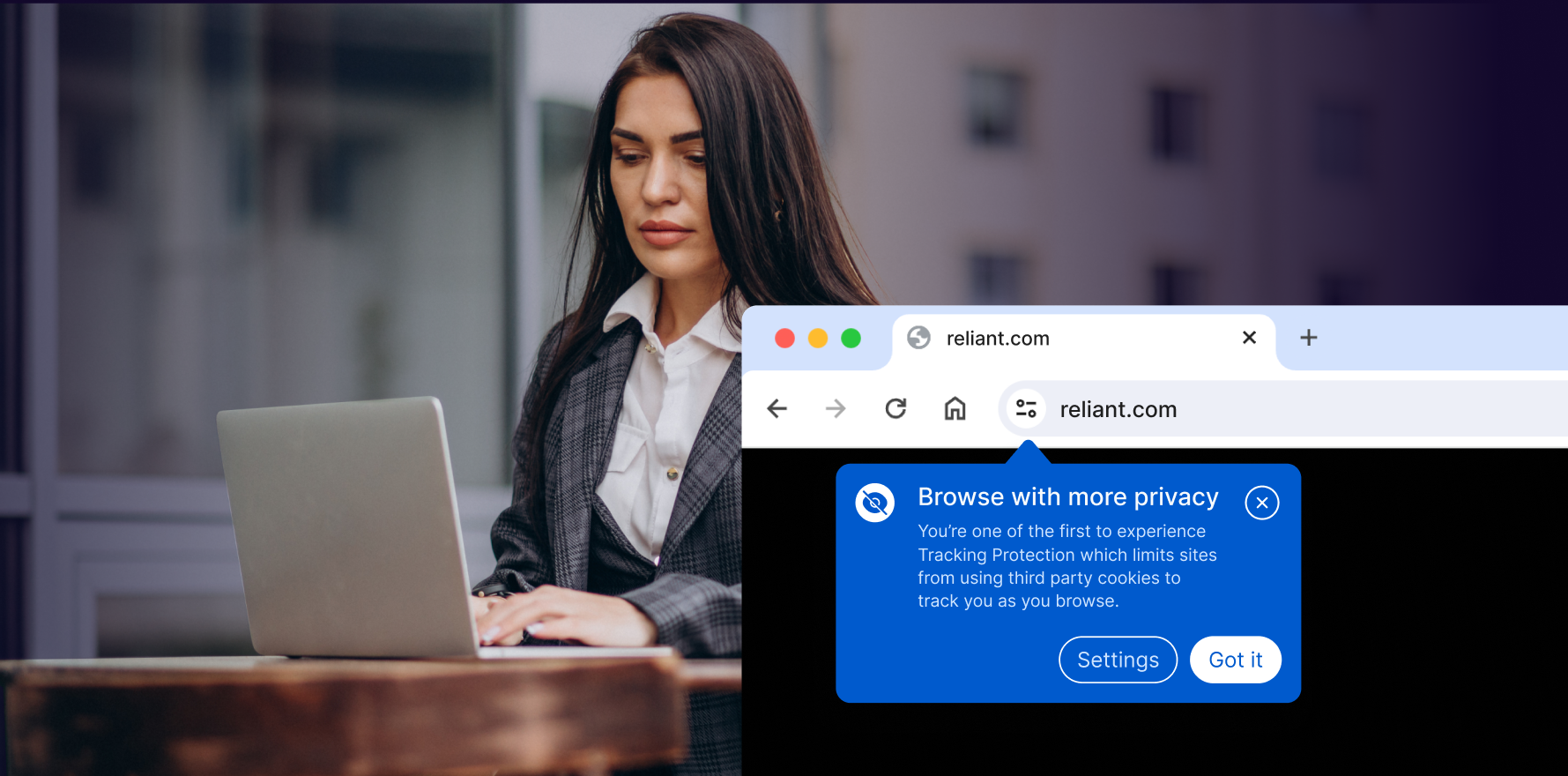
Introduction
In the digital age, creating content that resonates with your audience is crucial for success. But how do you measure the effectiveness of your content? This is where engagement rate comes in. Whether you’re a social media manager, content creator, or business owner, understanding engagement rate can provide valuable insights into your content strategy and audience behavior. This guide will walk you through everything you need to know about calculating and leveraging engagement rate to improve your digital presence.
Definitions of Key Terms
Before we dive into the calculation of engagement rate, let’s define some key terms:
- Engagement Rate: A metric that measures the level of interaction between your audience and your content, expressed as a percentage.
- Engagement: Any interaction a user has with your content, such as likes, comments, shares, clicks, or saves.
- Impressions: The number of times your content is displayed, regardless of whether it was clicked or not.
- Reach: The number of unique users who see your content.
- Followers: The number of users who have subscribed to receive updates from your account or page.
- Post: Any piece of content shared on a social media platform, including text, images, videos, or links.
- Platform: The social media service where content is shared (e.g., Facebook, Instagram, Twitter, LinkedIn).
- Organic Reach: The number of people who see your content without paid distribution.
- Viral Content: Content that spreads rapidly through social sharing.
- Algorithm: The set of rules a social media platform uses to determine which content to show to users.
The Formula to Calculate Engagement Rate
The basic formula for calculating engagement rate is:
Engagement Rate = (Total Engagements / Total Followers or Reach) × 100%
However, there are several variations of this formula depending on the specific context and platform. Here are a few common variations:
- Engagement Rate by Reach:
Copy
(Total Engagements / Reach) x 100% - Engagement Rate by Impressions:
Copy
(Total Engagements / Impressions) x 100% - Engagement Rate by Posts:
Copy
(Total Engagements / Total Posts) / Total Followers x 100%
Step-by-Step Guide to Calculating Engagement Rate
- Define Your Engagement Metrics: Determine what actions count as engagement on your chosen platform (e.g., likes, comments, shares).
- Choose Your Calculation Method: Decide whether you’ll use followers, reach, or impressions as your base metric.
- Gather Your Data: Collect the number of engagements and your chosen base metric (followers, reach, or impressions) for your specified time period.
- Apply the Formula: Divide total engagements by your chosen base metric.
- Convert to Percentage: Multiply the result by 100 to get your engagement rate as a percentage.
Example Illustrating the Engagement Rate Formula
Let’s walk through a practical example to illustrate how to calculate engagement rate:
Suppose you run an Instagram account, and for your last post you had:
- 500 likes
- 50 comments
- 25 shares
- 10,000 followers
Total engagements = 500 + 50 + 25 = 575
Applying the engagement rate formula:
Engagement Rate = (575 / 10,000) x 100% = 5.75%
This means that 5.75% of your followers engaged with your post.
What Engagement Rate is Used For and Why It’s Important
Engagement rate is a crucial metric for several reasons:
- Content Performance: It helps you understand which types of content resonate most with your audience.
- Audience Insight: High engagement rates indicate that your content is relevant and valuable to your audience.
- Algorithm Optimization: Many social media algorithms favor content with high engagement, increasing its visibility.
- Influencer Marketing: Brands use engagement rates to evaluate the effectiveness of influencers.
- Competitive Analysis: It allows you to benchmark your performance against competitors.
- ROI Measurement: For paid social campaigns, engagement rate helps measure the return on investment.
- Community Building: It’s an indicator of how well you’re fostering a community around your brand.
Where Engagement Rate Calculation is Applied
Engagement rate calculations are applied across various digital marketing contexts:
- Social Media Marketing: Across all major platforms like Facebook, Instagram, Twitter, LinkedIn, and TikTok.
- Content Marketing: To assess the performance of blog posts, videos, and other content formats.
- Email Marketing: Measuring open rates and click-through rates as forms of engagement.
- Influencer Campaigns: Evaluating the performance of influencer partnerships.
- Video Platforms: YouTube uses engagement metrics to rank videos.
- Advertising Campaigns: Assessing the effectiveness of digital ad campaigns.
- Community Management: Measuring the health and activity of online communities or forums.
- Product Development: Using engagement with product-related content to gauge interest in features or updates.
- Customer Support: Evaluating engagement with support content or chatbots.
- Employee Communication: Measuring engagement with internal communications in large organizations.
Limitations of Engagement Rate
While engagement rate is a valuable metric, it has several limitations:
- Quality vs. Quantity: It doesn’t differentiate between meaningful interactions and superficial ones.
- Platform Differences: Engagement norms vary across platforms, making cross-platform comparisons difficult.
- Follower Quality: It doesn’t account for the quality or relevance of your audience.
- Bot Activity: Engagement can be artificially inflated by bot accounts or paid engagement.
- Negative Engagement: It doesn’t distinguish between positive and negative interactions.
- Reach Limitations: Organic reach limitations on some platforms can skew engagement rates.
- Content Type Bias: Some types of content naturally generate more engagement than others.
- Time Sensitivity: Engagement can vary greatly depending on when content is posted.
- Doesn’t Measure Conversions: High engagement doesn’t necessarily translate to business outcomes.
- Algorithm Changes: Platform algorithm changes can significantly impact engagement rates.
Factors Impacting Engagement Rate
Several factors can significantly impact your engagement rate:
- Content Quality: High-quality, relevant content tends to drive higher engagement.
- Posting Frequency: Posting too often or too rarely can affect engagement.
- Timing: Posting when your audience is most active can improve engagement.
- Audience Demographics: Different audience groups may have different engagement behaviors.
- Platform Features: New features or changes in platform functionality can impact engagement.
- Call to Action: Clear CTAs can encourage more engagement.
- Visual Appeal: Visually appealing content often drives higher engagement.
- Trending Topics: Content related to current trends may see higher engagement.
- Hashtag Usage: Effective use of hashtags can increase content visibility and engagement.
- Account Size: Engagement rates often decrease as follower count increases.
Other Strategies for Assessment
While engagement rate is crucial, it should be used alongside other metrics for a comprehensive assessment:
- Reach and Impressions: Measure how many people are seeing your content.
- Follower Growth Rate: Tracks how quickly your audience is growing.
- Conversion Rate: Measures how often engagement leads to desired actions (e.g., website visits, sign-ups).
- Share of Voice: Compares your brand’s presence to competitors in your industry.
- Sentiment Analysis: Evaluates the tone of engagements (positive, negative, neutral).
- Click-Through Rate (CTR): Measures the percentage of people who click on a specific link.
- Amplification Rate: Measures the rate at which your followers share your content.
- Virality Rate: Calculates how quickly and widely your content spreads.
- Customer Lifetime Value (CLV): Estimates the total revenue a business can expect from a single customer account.
- Return on Investment (ROI): Measures the profitability of your social media efforts.
The Relationship Between Engagement Rate and Other Metrics
Understanding how engagement rate relates to other metrics provides a more comprehensive view of performance:
- Engagement Rate and Reach: High engagement can lead to increased reach due to algorithm favorability.
- Engagement Rate and Follower Growth: Engaging content can attract new followers.
- Engagement Rate and Conversion Rate: While not directly correlated, higher engagement often leads to better conversion rates.
- Engagement Rate and Click-Through Rate: For link posts, high engagement often correlates with high CTR.
- Engagement Rate and Sentiment: High engagement doesn’t always mean positive sentiment; context is crucial.
- Engagement Rate and Content Type: Different content types (e.g., video, image, text) may have varying typical engagement rates.
- Engagement Rate and Posting Time: Engagement rates can vary based on when content is posted.
Benefits of Calculating Engagement Rate
Regularly calculating and analyzing engagement rate offers numerous benefits:
- Content Optimization: Helps identify what type of content resonates best with your audience.
- Audience Understanding: Provides insights into audience preferences and behavior.
- Performance Tracking: Offers a consistent metric to track content performance over time.
- Strategy Refinement: Informs adjustments to your content and social media strategy.
- Competitive Analysis: Allows for benchmarking against industry standards and competitors.
- Influencer Selection: Aids in identifying and evaluating potential influencer partnerships.
- Algorithm Alignment: Higher engagement can lead to more favorable treatment by platform algorithms.
- ROI Demonstration: Helps in demonstrating the value of social media efforts to stakeholders.
- Community Building: Encourages focus on creating content that sparks conversation and builds community.
- Platform Prioritization: Assists in determining which social media platforms are most effective for your brand.
Conclusion
Engagement rate is a powerful metric that provides crucial insights into the effectiveness of your content and the strength of your connection with your audience. By mastering the calculation and interpretation of engagement rate, digital marketers, content creators, and businesses can make data-driven decisions to optimize their social media presence, improve content strategy, and build stronger relationships with their audience.
However, it’s important to remember that while engagement rate is valuable, it should not be used in isolation. Combining engagement rate with other performance metrics, considering its limitations, and placing it in the broader context of your business goals will provide a more comprehensive view of your digital performance.
As social media platforms and user behaviors continue to evolve, so too will the strategies for calculating and optimizing engagement rates. Staying informed about platform changes, emerging trends, and shifts in user preferences will be crucial for maintaining a competitive edge in the dynamic world of digital marketing.
By regularly calculating, analyzing, and acting on engagement rate data, businesses and content creators can ensure they’re maximizing the impact of their digital presence, fostering meaningful connections with their audience, and ultimately driving sustainable growth in the social media landscape.
Free essential resources for success
Discover more from Lifesight















